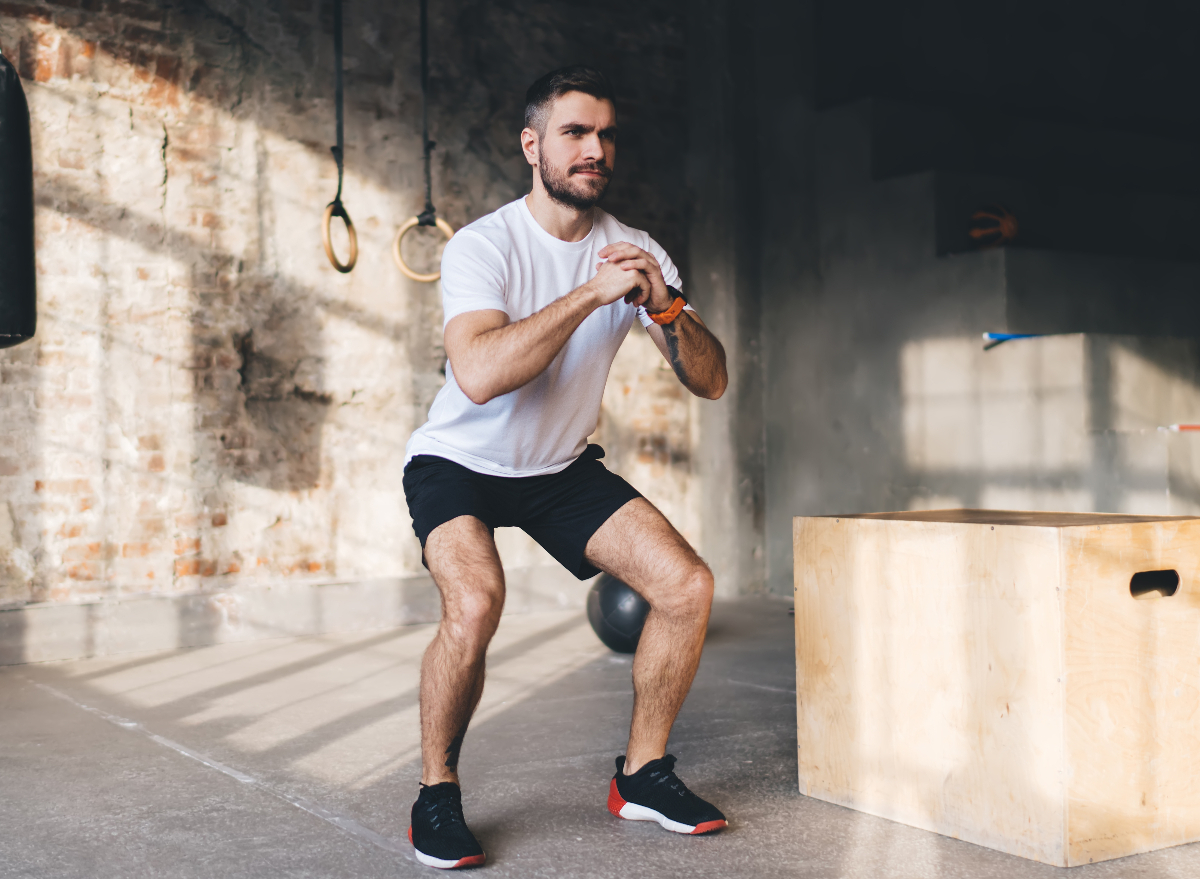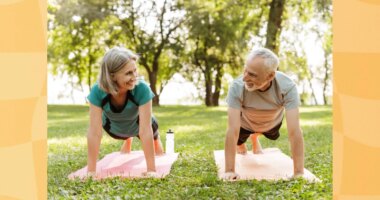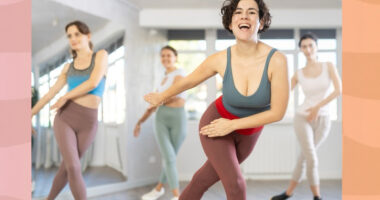Are you looking for a simple yet effective way to stay fit, strong, and healthy without fancy equipment or expensive gym memberships? If so, look no further. Here, we spoke with Jarrod Nobbe, CPT, a performance coach and certified personal trainer with Garage Gym Reviews, who dishes out the seven regular bodyweight exercises for men in their 30s. Focusing on bodyweight exercises instead of always lifting heavier weights can help preserve joint health and alleviate joint pain. These exercises target key muscle groups, improve overall strength, and enhance functional fitness.
Nobbe tells us, “The seven bodyweight exercises listed below will likely be familiar to everyone familiar with working out. But that’s okay, as these movements are affirmed as the standard and test our base relative strength and movement levels. These exercises cover the foundational selection of actions: upper-body push, upper-body pull, lower-body push, lower-body pull (posterior chain focused), lunging, bracing, and anti-rotational stability.”
Read on for Nobbe’s seven regular bodyweight exercises for men in their 30s. They will help keep you strong, fit, and thriving during this decade of your life and beyond. After you’re finished, check out 7 Daily Strength Exercises All Men Should Do for Defined Arms.
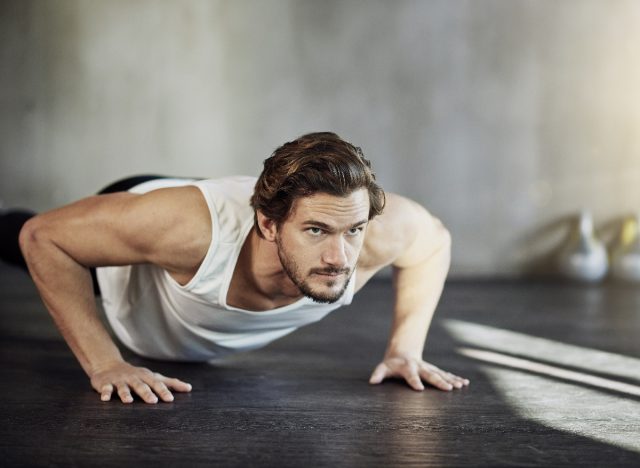

The classic pushup is a must-do bodyweight exercise for men in their 30s. It targets the chest, core, shoulders, and triceps to increase upper-body strength and stability.
“The ability to execute a pushup is an essential measure of upper body strength and core stability,” states Nobbe. “Focus on having your hands shoulder-width apart, fingers spread wide for a greater surface area to drive through, elbows should follow a forty-five-degree angle, and the body should move up and down as one, almost as if you were performing a moving plank. Lower with control, and push away with intent.”
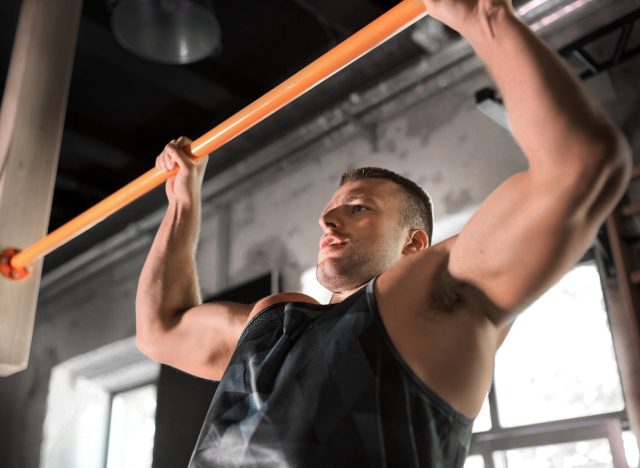

Pull-ups are a challenging yet highly effective exercise that targets your back, shoulders, and arms.
“Having the strength and capacity to perform multiple sets and reps of pull-ups will make you feel stronger than ever. Keep your grip at shoulder width regardless of the hand position. A wider grip can help you focus on specific areas of muscle development, but I prefer mastering the basics first. Rather than thinking of ‘pulling up,’ I like to cue this movement by ‘pulling the bar down to the chest.’ Always be in control, move with intent, and work through a full range of motion,” explains Nobbe.
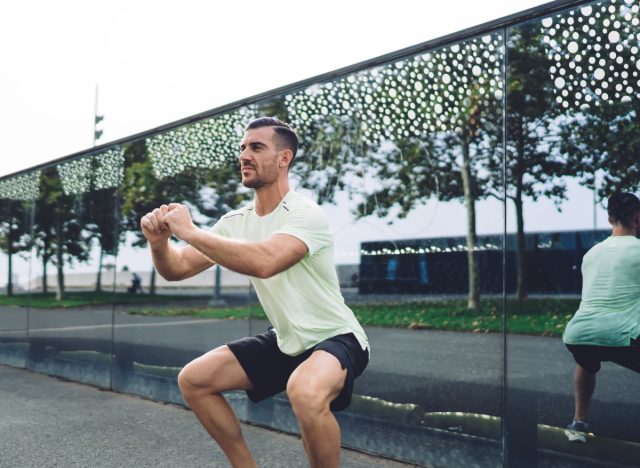

This foundational lower-body exercise targets the quads, hamstrings, and glutes to take your lower-body strength, mobility, and functional fitness to the next level.
“While a bodyweight squat may not improve your strength measures much, we can use them to enhance muscular endurance and mobility, promoting a healthier life,” explains Nobbe. “Start with your feet balanced, slightly turned out, and hip-width apart. Allow the knees and hips to break together as you begin your descent. Lower only where you can maintain control, then push through the floor to stand firm. Brace the core throughout, balance your whole foot, and allow mobility improvements to yield a deeper squat position.”
READ RELATED: 7 Ways You Could Get "Big and Chiseled" Like Michael B. Jordan
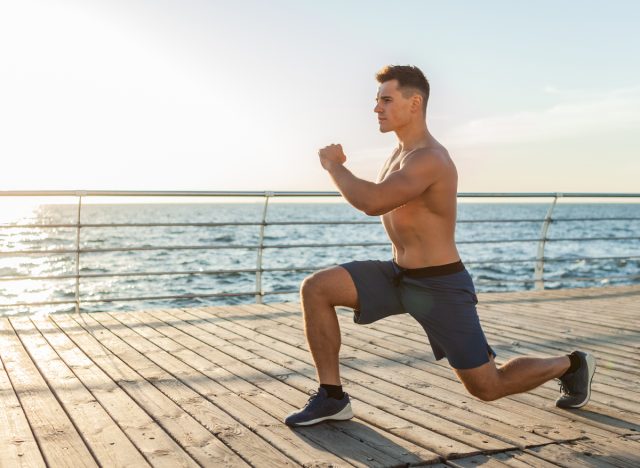

Reverse lunges are a fantastic exercise for targeting the lower body (especially the quads, hamstrings, and glutes) while improving balance, stability, and single-leg strength.
“Lunge movements are great for power, strength, or endurance development,” states Nobbe. “Make sure to start and stay balanced while the core remains braced. Step back enough to where the back knee lowers below the hip, then drive up strong through the front foot. The most significant cue is to step straight back, avoiding narrowing your stance (tight roping).”
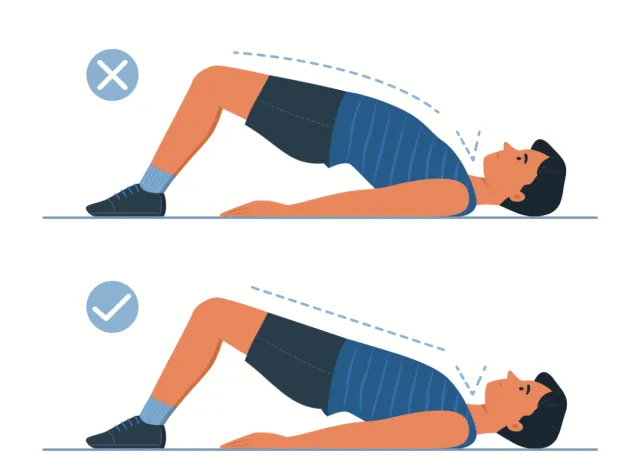

The glute bridge primarily targets the hamstrings, glutes, and muscles in your lower back.
“The gluteus maximus is the largest muscle in the human body; thus, we must ensure that we train the glutes often. Like other bodyweight movements, we can challenge ourselves with the glute bridge by adding tempos, pauses, and variations, such as single-leg or heel-elevated versions. Focus on feeling the tension in the glutes as the movement is performed. Drive the hips up and contract the glutes strong at the top,” says Nobbe.
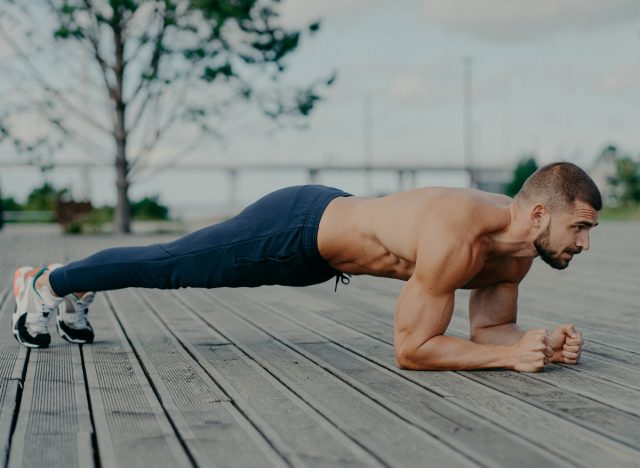

Planks have long been a go-to bodyweight exercise—and for good reason. They engage the abdominal muscles, back, and shoulders, boosting core strength and improving posture.
“A plank is a beginner progression that teaches us how to brace and stabilize the trunk and should be performed with a slight anterior tilt of the pelvis to feel the best contraction of the abdominal muscles. Feel yourself breathing into the abs and then squeezing the core as you exhale. We usually see planks performed for time, so be conscious of how long you hold the plank and focus on form,” says Nobbe.
This movement combines the quadruped hold (which targets the core and stabilizer muscles) and shoulder taps (which challenge core stability and strength).
“A quadruped hold with shoulder taps improves core, hip, and shoulder stability while teaching you how to brace when movement occurs,” says Nobbe. “The key here is to brace with your breath sequence (tap as you exhale, reset as you inhale) and to reach the three points of contact firmly into the floor to create stable points of contact. Progress this movement into weighted variations, remove a point of contact (from three to two), and even begin moving dynamically with forward and lateral crawls.”

